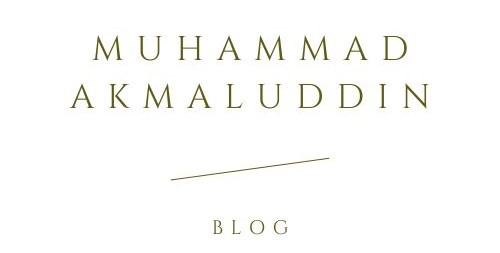The Ontology, Arrangement, and Appearance of Paradise in Castilian Kabbalah in Light of Contemporary Islamic Traditions from al-Andalus
This study is a comparative analysis of the appearances of the lower and upper Paradise, their divisions, and the journeys to and within them, which appear in mystical Jewish and Islamic sources in medieval Iberia. Ibn al-‘Arabī’s vast output on the Gardens of divine reward and their divisions generated a number of instructive comparisons to the eschatological and theosophical writing about the same subject in early Spanish Kabbalah. Although there is no direct historical evidence that kabbalists knew of such Arabic works from the region Catalonia or Andalusia, there are commonalities in fundamental imagery and in ontological and exegetical assumptions that resulted from an internalization of similar patterns of thought. It is quite reasonable to assume that these literary corpora, both products of the thirteenth century, were shaped by common sources from earlier visionary literature. The prevalence of translations of religious writing about ascents on high, produced in Castile in the later thirteenth century, can help explain the sudden appearance of visionary literature on Paradise and its divisions in the writings of Jewish esotericists of the same region. These findings therefore enrich our knowledge of the literary, intellectual, and creative background against which these kabbalists were working when they chose to depict Paradise in the way that they did, at the time that they did.
https://www.mdpi.com/2077-1444/11/11/553








0 Comments
Silahkan meninggalkan saran dan masukan terkait blog ini. Semoga bermanfaat. Terima kasih.